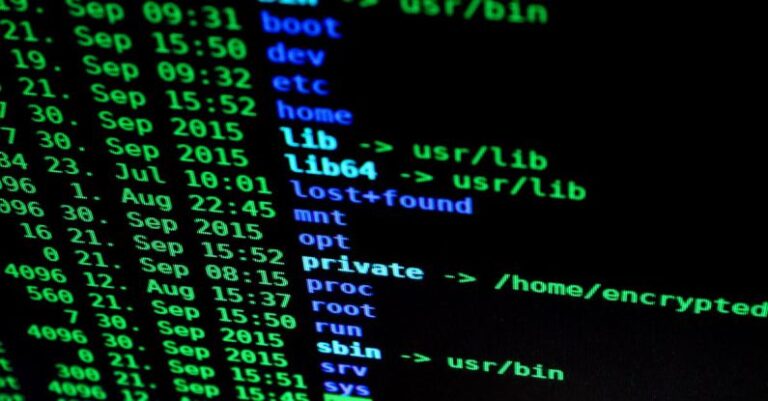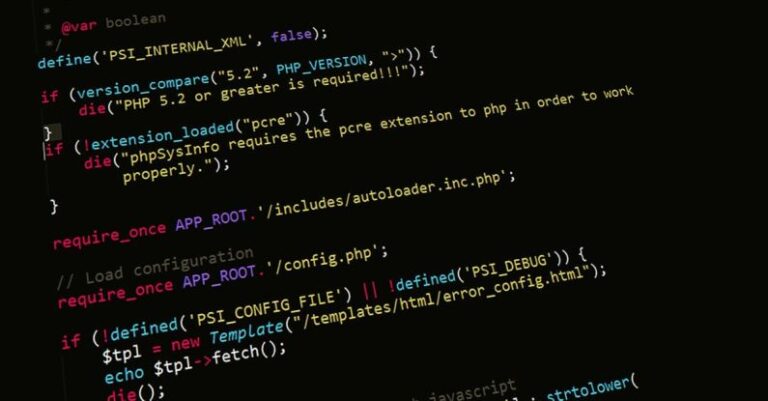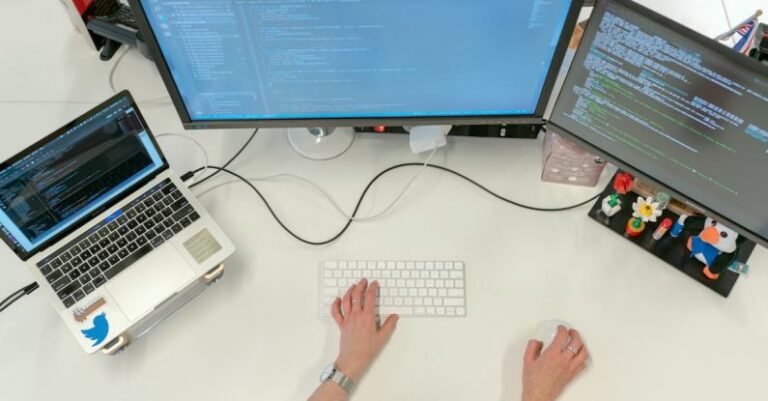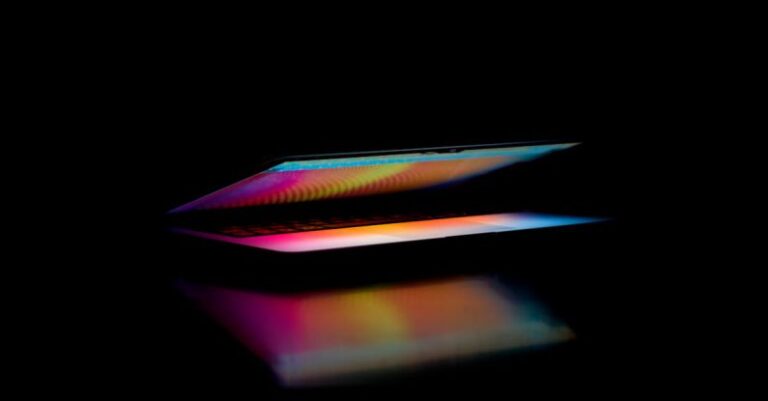
Motion graphics have become an essential part of various industries, from film and television to marketing and advertising. As technology continues to advance, so do the tools available to create stunning visual effects and animations. Advanced motion graphics programs offer a wide range of features that allow designers and artists to bring their ideas to life in ways that were once unimaginable. In this article, we will explore some of the key features of these advanced programs that set them apart from their predecessors.
### Real-Time Rendering Capabilities
One of the most significant advancements in motion graphics programs is the ability to render animations in real-time. This feature allows designers to see changes to their projects instantly, making the workflow more efficient and intuitive. Real-time rendering also provides a more interactive experience, enabling users to make adjustments on the fly and experiment with different effects without having to wait for the final render.
### Advanced 3D Tools
Advanced motion graphics programs offer a robust set of 3D tools that allow designers to create intricate and realistic three-dimensional animations. These tools include advanced lighting and shading options, as well as the ability to work with complex camera movements and perspectives. With these features, artists can create immersive and visually stunning animations that push the boundaries of what is possible in motion graphics.
### Node-Based Compositing
Node-based compositing is another key feature of advanced motion graphics programs that streamlines the process of creating complex visual effects. Instead of working with layers like traditional compositing software, users can create a network of nodes that represent different elements of the scene and how they interact with each other. This approach offers more flexibility and control over the final look of the animation, making it easier to achieve the desired result.
### Integrated Particle Systems
Particle systems are a powerful tool for creating dynamic and lifelike animations, such as smoke, fire, or water effects. Advanced motion graphics programs come equipped with integrated particle systems that allow designers to generate and manipulate thousands of individual particles in real-time. This feature opens up a world of creative possibilities, enabling artists to add depth and realism to their animations with ease.
### GPU Acceleration
To handle the intensive computing required for rendering high-quality animations, advanced motion graphics programs leverage GPU acceleration. By utilizing the power of the graphics processing unit, these programs can process complex calculations and renderings much faster than traditional CPU-based systems. This results in quicker rendering times and smoother playback, allowing designers to work more efficiently and iterate on their projects more rapidly.
### Advanced Keyframe Interpolation
Keyframe interpolation is a fundamental aspect of animation that determines how objects move and transform between keyframes. Advanced motion graphics programs offer enhanced keyframe interpolation techniques that produce smoother and more natural-looking animations. By adjusting parameters such as easing curves and motion paths, designers can create animations that feel more dynamic and polished.
### Extensive Asset Libraries
To help streamline the animation process, advanced motion graphics programs often include extensive libraries of pre-built assets, such as models, textures, and animations. These libraries provide designers with a wealth of resources to draw from, saving time and effort in creating assets from scratch. Additionally, users can customize these assets to suit their specific needs, further enhancing the creative possibilities of the program.
### Collaborative Workflows
Collaboration is essential in many industries that rely on motion graphics, such as film production and advertising. Advanced motion graphics programs offer collaborative features that allow multiple users to work on the same project simultaneously. Whether through cloud-based storage or version control systems, these programs enable teams to share assets, make edits in real-time, and communicate seamlessly, fostering a more efficient and productive workflow.
In conclusion, advanced motion graphics programs have revolutionized the way designers and artists create stunning visual effects and animations. With features such as real-time rendering, advanced 3D tools, node-based compositing, integrated particle systems, GPU acceleration, advanced keyframe interpolation, extensive asset libraries, and collaborative workflows, these programs empower users to push the boundaries of creativity and produce truly captivating animations. As technology continues to evolve, the possibilities for motion graphics are limitless, and these advanced programs are at the forefront of innovation in the field.





